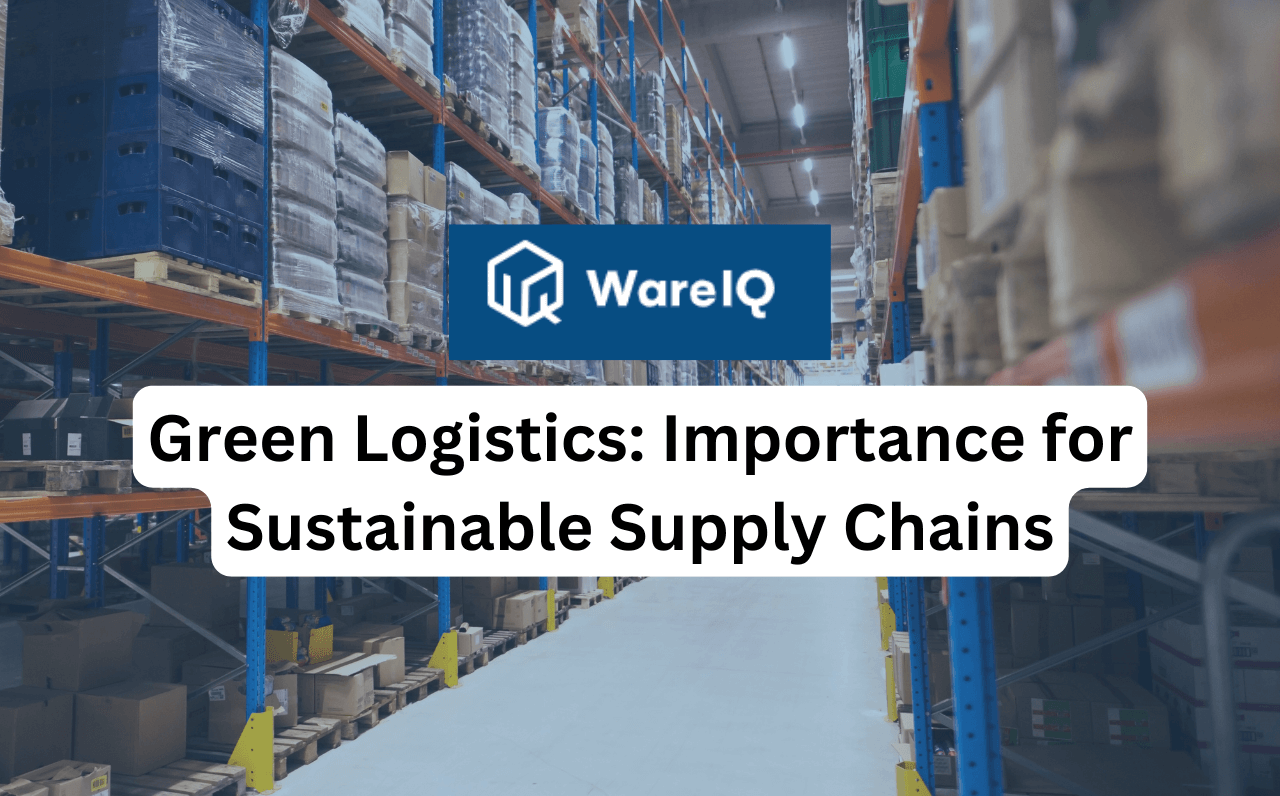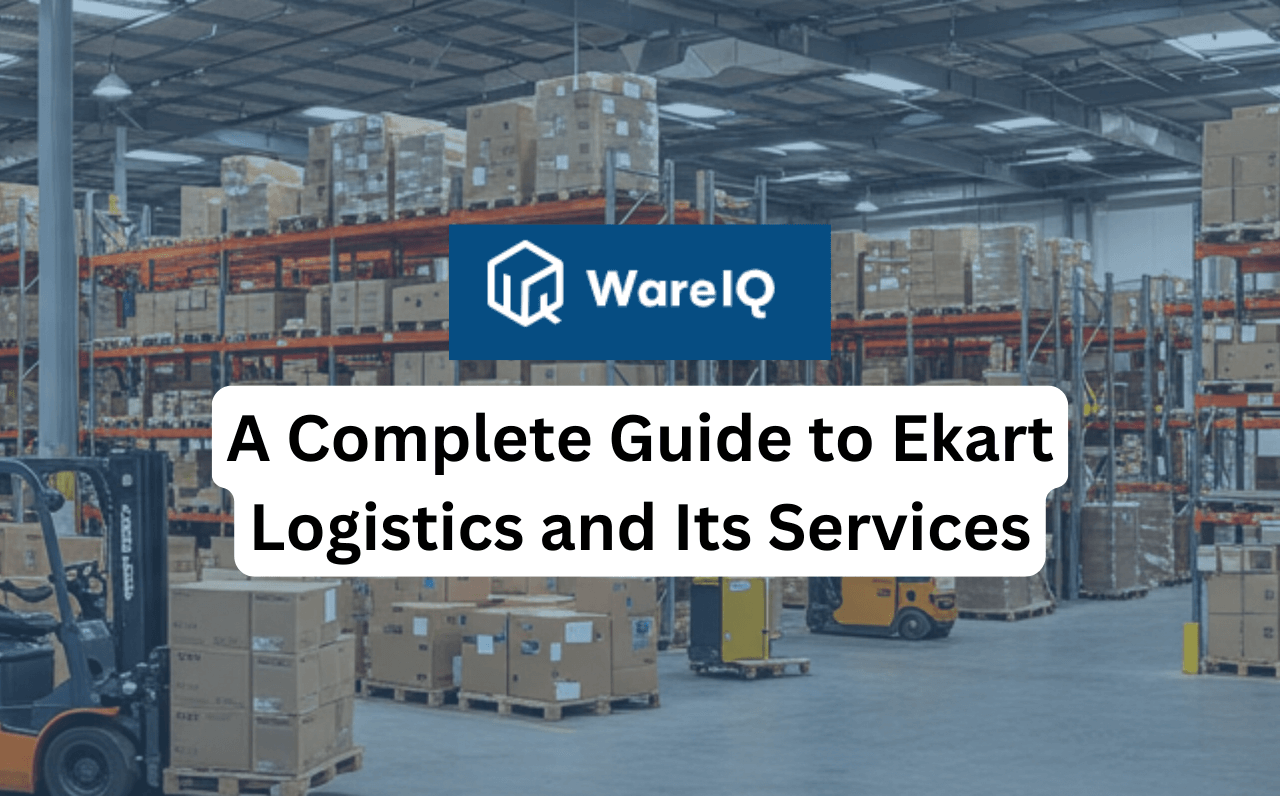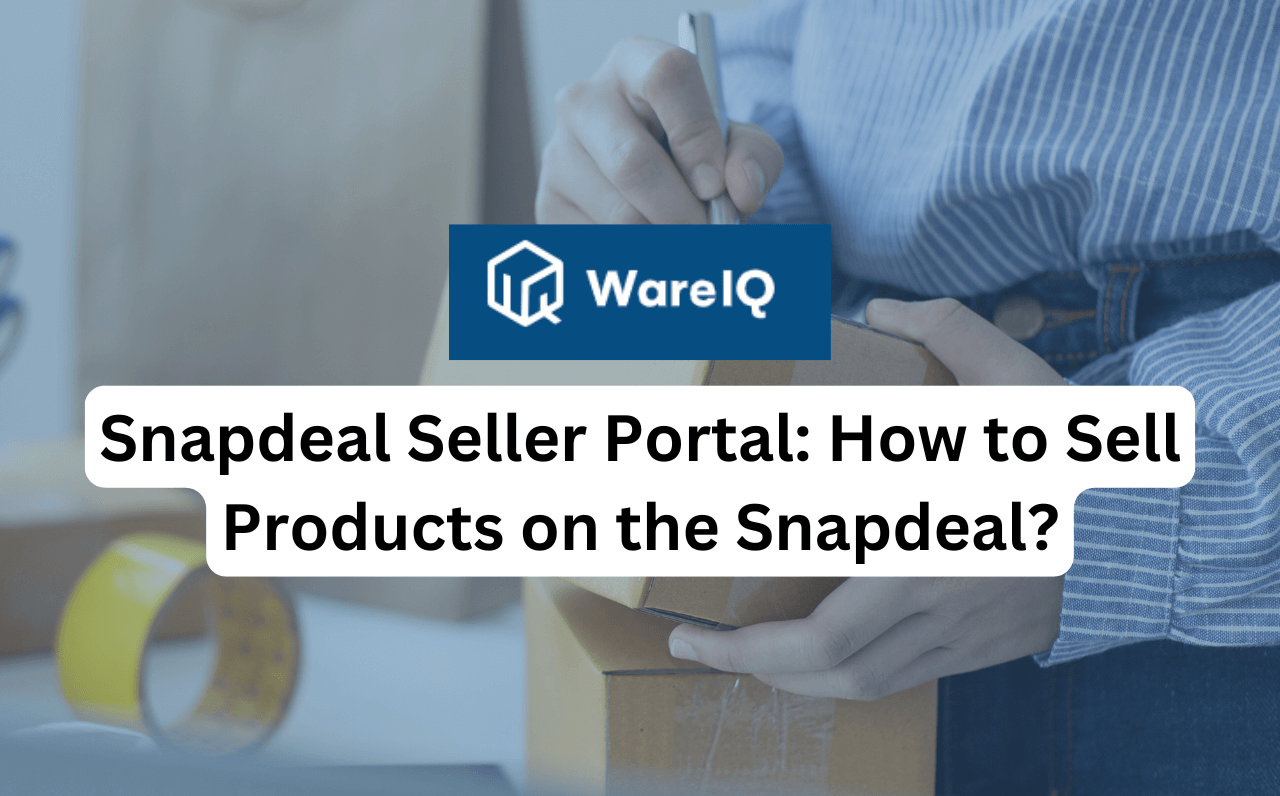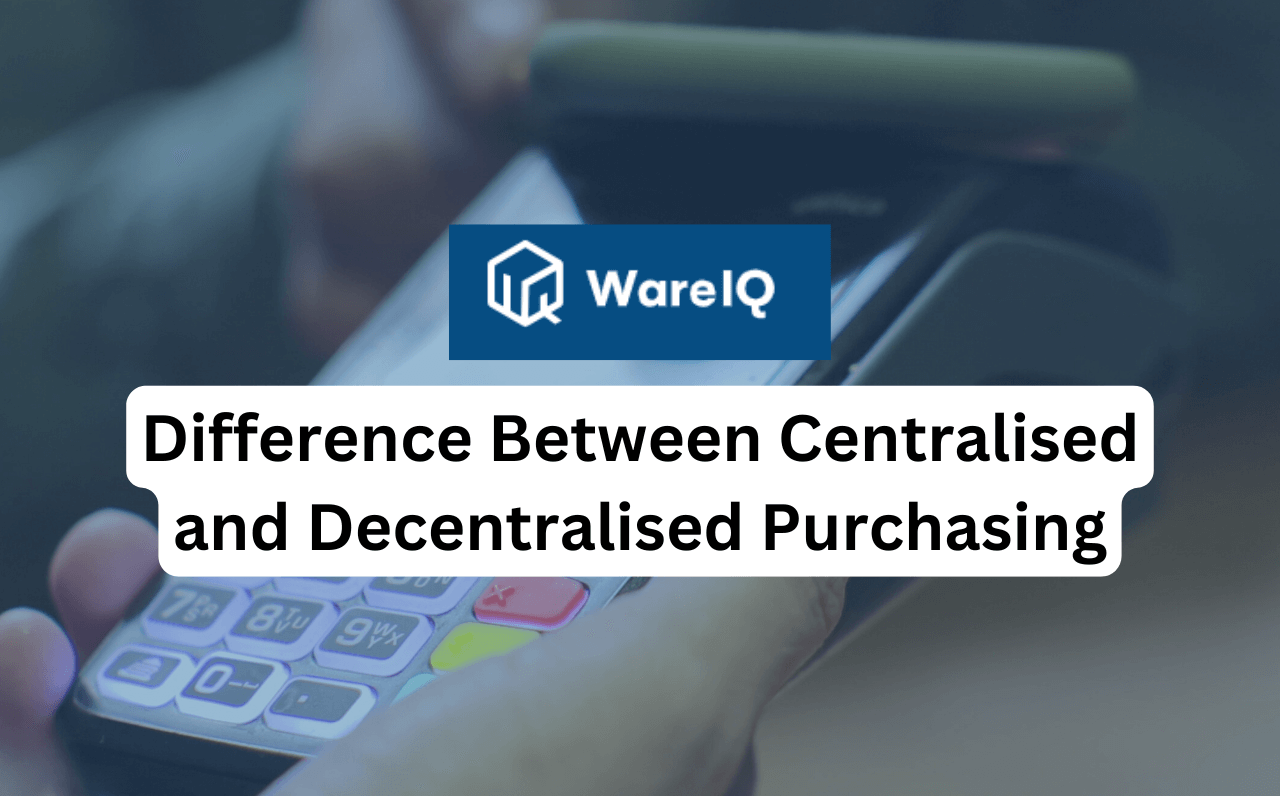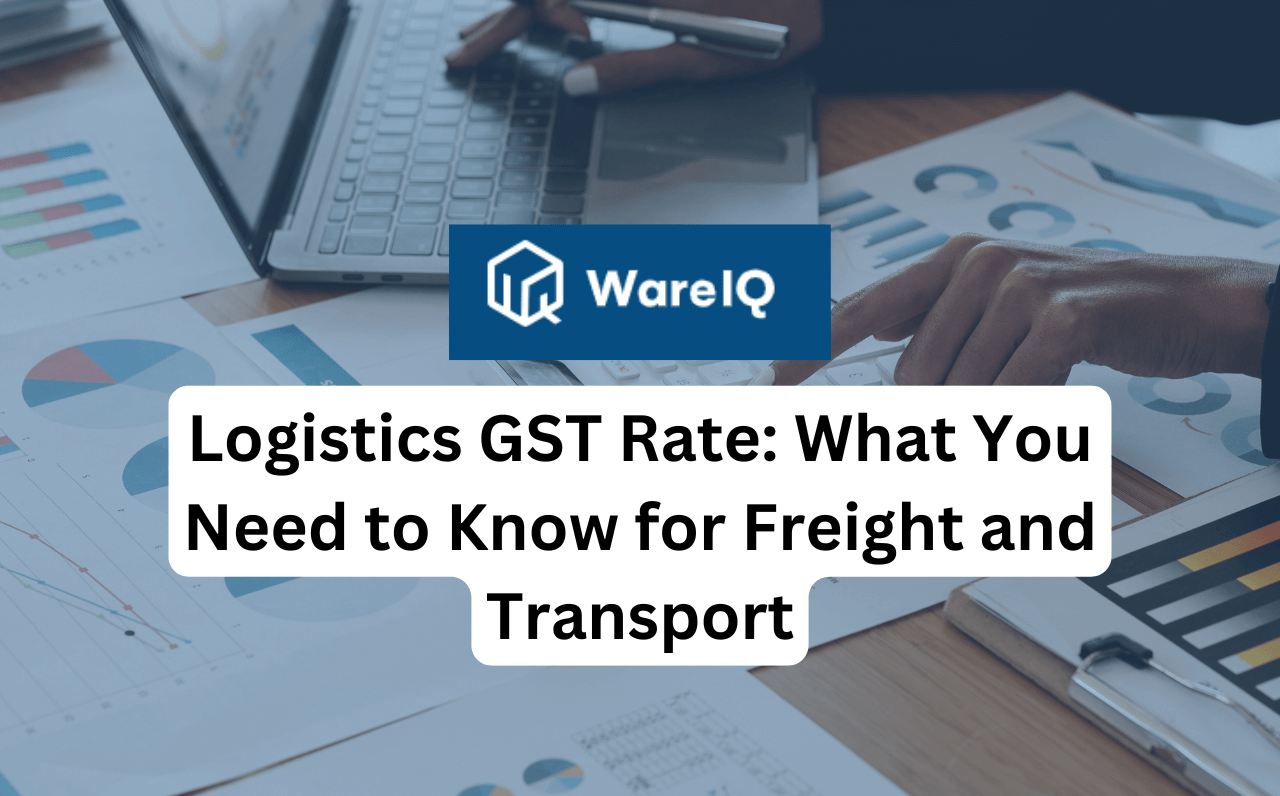
Logistics GST Rate: What You Need to Know for Freight and Transport
In India, logistics plays a vital role for almost all businesses. It is also the driving factor for a smooth and seamless supply chain. Logistics services, an important part of the supply chain, are subject to the Goods and Services Tax (GST). Logistics is about the movement of goods from one point to another. After the concept of GST was introduced, there has been a significant change in the logistics sector. Therefore, it is essential for businesses, transporters, and any other entities in logistics to know and understand the GST rates applicable for better optimisation and compliance with GST regulations. The article further explores how GST works and the logistics GST rate in the sector. What is GST? GST is an indirect tax, more elaborately known as the Goods and Services Tax. It was passed in March 2017 and successfully implemented in July 2017. GST has replaced indirect taxes such as service tax, excise duty, and VAT. It is a comprehensive tax levied on the supply of goods and services. Since GST is a multi-stage tax, it is levied on every stage of a supply chain, from purchasing raw materials to selling goods to the end customer. GST On Logistics Services The Goods and Services Tax applies to every logistics service apart from the mainstream transport of goods and services from one point to another. Logistics services for which GST is applicable include warehousing, packing/unpacking services, and even GST on courier services prevails. GST for Freight Charges (Road) Transportation of goods is done via various means, such as air, rail, waterways, and roads, where 65% of the freight is transported via roads in India. The applicable GST depends on the mode of transport. Below is a table that explains the applicable GST percentage for freight transport via roads: Different Types of Transportation via RoadGST RateRental car or bus service18%Radio Taxi and other services5%AC Carriage (without Input Tax Credit)5%Non-AC Carriage 0%Taxi, Autorickshaw0%Public Transport0% GST on Transportation for GTA GTA stands for Goods Transport Agency, which is an entity that offers transportation services for goods and issues a consignment note. When it comes to GTAs, the logistics GST rate applicable is as follows: If an Input Tax Credit (ITC) is availed, the GST applicable is 12%. If ITC is not available, then the applicable GST is 5%. GST Applicable On Other Transportation Modes Apart from the mainstream roadways, freight is moved via other modes of transportation such as air, rail and waterways. Depending upon the different modes of transportation, the GST on freight charges is also different. GST on transportation charges by rail is 5%. The logistics GST rate applicable to the transportation of goods via air is 18%. The transport GST rate for goods through water routes is 18%. GST Exemptions for Freight Charges Not all logistics services are subject to GST charges. The GST is exempted for some sectors and types of goods to promote fair trade. Below are some of the exemptions from GST on logistics services: When newspapers or magazines are transported. When goods are transported under government contracts, either for relief operations or defence services. When goods like milk, agricultural products or essential food items are transported. Transportation by service providers who are not registered under GST. Transportation of household goods. Transportation of goods by a non-GTA service provider. Transportation of military equipment. The government offers these exemptions on the GST rate on transportation charges so that all essential goods are easily accessible to people from diverse backgrounds. Also check - How to calculated freight charges? HSN Code for Logistics Services The Harmonised System of Nomenclature, or HSN, is a code that classifies goods for trade and taxation purposes. Below is the list of HSN codes for logistics services: ServiceHSN CodeGods Transport Services9965Transportation of goods such as live animals, furniture, and letters/parcels via road996511Transportation of goods such as live animals, furniture, and letters/parcels via rail996512Transport via pipeline of natural gas, petrol or sewage996513Other Types of Land Transport996519Transport via Waterways (Overseas)996521Inland Water Transport996522Transport via Air996531Space Transport996532 How Does GST Impact The Logistics Services? The introduction of the logistics GST rate has significantly changed how the logistics sector operates. Here's how GST impacts the logistics services: Lower Logistics Cost Prior to GST, several state taxes considerably increased the overall cost of transportation. However, the introduction of GST on logistics services has eliminated several interstate taxes, reducing the cost of transport. Seamless and Organised Since more businesses are registering under GST, the logistics sector is more organised and works seamlessly with proper records. Better Transportation Transportation before the introduction of the transport GST rate took longer, as several checkpoints were present to collect taxes. With the elimination of these checkpoints, transportation will be speedier. WareIQ Offers Better and Smarter Logistics Solutions HowWareIQ is a Y-Combinator-backed eCommerce full-stack platform offering multi-channel fulfillment across D2C, Marketplaces, Quick Commerce, and B2B (General Trade & Modern Trade) Our solution offers: Pan-India network of Seller Flex & FAssured compliant across 12+ cities operated by WareIQ and shipping partners for last-mile delivery across 27000+ pin codes Multi-Channel Fulfillment Platform with plug-and-play integrations across marketplaces (Amazon, Flipkart, Myntra, Nykaa, etc.), D2C platforms (Shopify, Magento, Woocommerce, etc.), WMS, and ERPs to support fulfilment across distributors, flagship stores and eCommerce channels with analytics capabilities to assess operational performance Inventory LogIQ: AI-led multi-channel inventory planning solution to minimise stockouts and automate replenishment Leverage the tech-enabled returns QC solution to capture, centrally store, and auto-index HD media evidence of damaged or missing returned products and eliminate marketplace claims rejections. A host of seller enablement and support – dedicated account manager, APOB/PPOB registrations, GST registration, NDR & COD verification, etc. Conclusion India's logistics sector drastically changed after GST was introduced in 2017. Businesses also have benefitted from GST regulations introduced by the government. No matter the mode of transportation, GST is applicable. Different modes of transport have different GST rates, ranging from 5% to 18%. However, certain exemptions are provided by the government for agricultural and essential goods and equipment for defence or medical emergencies. GST has removed unnecessary interstate taxes, leading to faster and more streamlined logistics operations. Suggested - Freight Charges HSN Codes in Shipping FAQs About Logistics GST Rate How much is the GST rate applicable to the GTA for transportation via road?For transportation via roadways, the GTA is subject to a GST rate of 5% (without ITC) or 12% (with ITC).Can fuel expenses be claimed under ITC for GST on logistics?No, ITC on fuel or petroleum products can not be claimed.What are the benefits of GST to the logistics sector?The introduction of GST has decreased logistics costs, eliminated transportation delays, and facilitated seamless logistics operations.What is the GST rate applicable on air cargo transport?The GST rate applicable to cargo transportation via air is 18%. The rate is the same for domestic and international transport.What are some of the goods that are exempted from GST?The transportation of milk, food grains, agricultural products, newspapers, magazines and military equipment gets exempted from GST.
July 22, 2025
